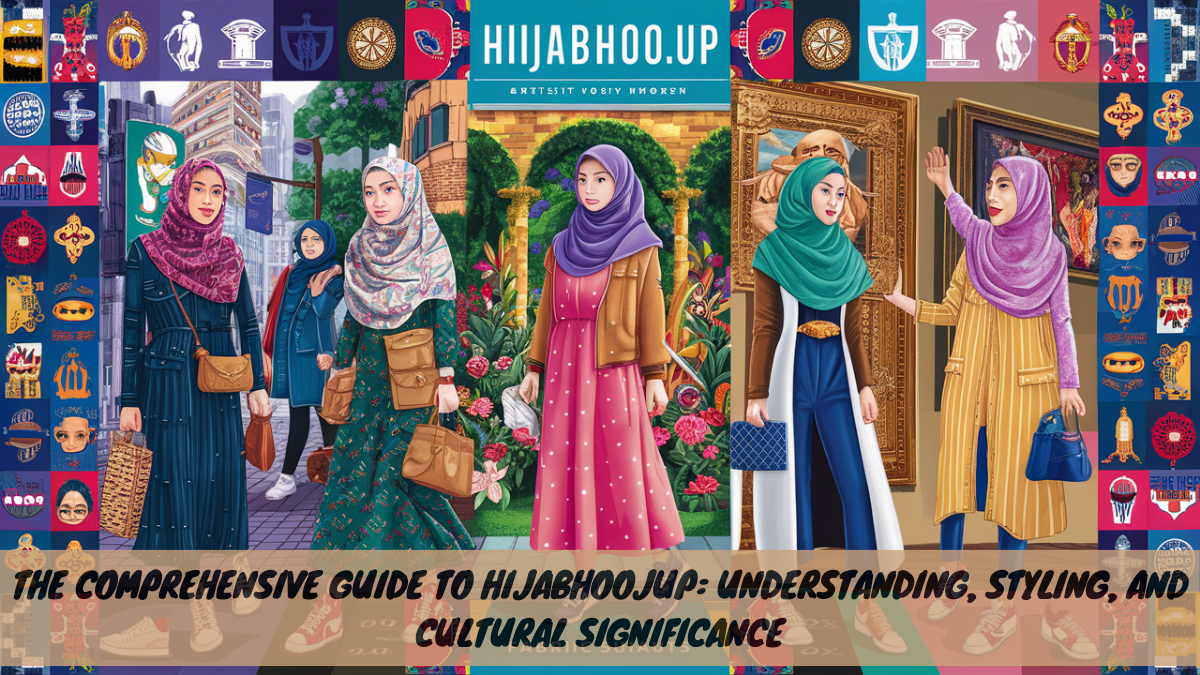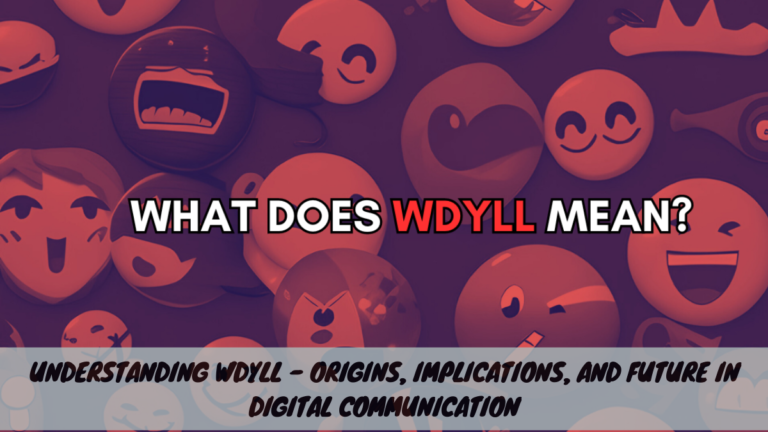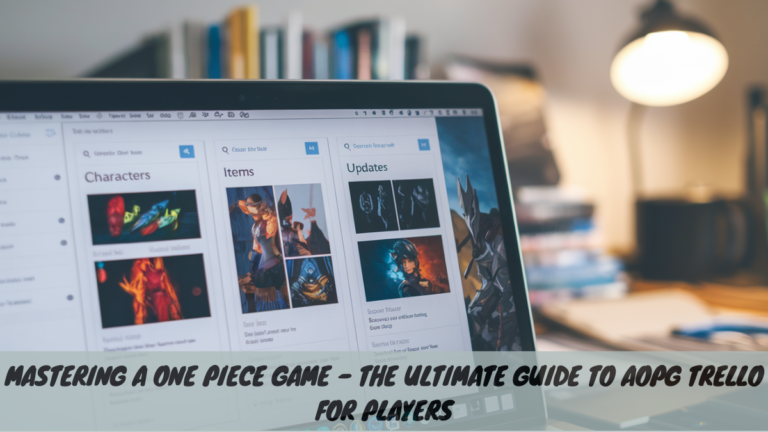The Comprehensive Guide to Hijabhoojup: Understanding, Styling, and Cultural Significance
Introduction to Hijabhoojup
Hijabhoojup is a term that may be unfamiliar to many, but it represents a significant aspect of modest fashion and cultural identity for a wide audience.
Hijabhoojup is a unique hijab style combining cultural significance and modern fashion. It represents modesty and personal expression through various fabrics, colors, and styling techniques, enhancing individual identity.
This comprehensive guide will delve into the concept of Hijabhoojup, exploring its origins, cultural implications, styling tips, and its place in modern fashion.
What is Hijabhoojup?
Hijabhoojup refers to a specific style of hijab (headscarf) that is known for its unique design and cultural significance. The term “Hijabhoojup” combines the traditional concept of a hijab with a distinctive style that varies from region to region. It is essential to understand that Hijabhoojup is not just a piece of clothing but a symbol of modesty, identity, and personal expression.
The Cultural and Religious Significance of Hijabhoojup
Religious Context
In many Muslim-majority countries, wearing a hijab is a religious obligation. The Hijabhoojup, with its distinctive design, is often worn to adhere to religious principles of modesty while allowing individuals to express their personal style.
Cultural Variations
The style and significance of Hijabhoojup can vary widely across different cultures and regions. In some cultures, it is a symbol of national identity and cultural pride. In others, it may represent adherence to religious traditions.
Personal Expression
Beyond its religious and cultural aspects, Hijabhoojup also allows for personal expression. Women often choose fabrics, colors, and styles that reflect their personal tastes and preferences, blending tradition with modernity.
How to Style Hijabhoojup
Choosing the Right Fabric
The fabric of Hijabhoojup plays a crucial role in its overall look and feel. Lightweight materials such as chiffon or georgette are ideal for everyday wear, while more luxurious fabrics like silk are suitable for special occasions.
Color and Patterns
Hijabhoojup can come in various colors and patterns. From solid colors to intricate designs, the choice often depends on personal preference and the occasion. Neutral colors are versatile, while bold patterns can make a statement.
Layering Techniques
Layering is a popular styling technique with Hijabhoojup. Combining different fabrics or adding accessories such as pins or brooches can enhance the overall look. Experimenting with different styles and layers can create a unique appearance.
Accessorizing
Accessories can complement the Hijabhoojup and enhance its look. From simple headbands to decorative pins, the right accessories can add a personal touch and elevate the style.
Materials and Fabrics for Hijabhoojup
Cotton
Cotton is a breathable and comfortable fabric, making it an excellent choice for everyday Hijabhoojup. It is easy to maintain and comes in various colors and patterns.
Silk
Silk Hijabhoojup adds a touch of luxury and elegance. It is often chosen for formal events or special occasions due to its smooth texture and sheen.
Chiffon
Chiffon is a lightweight and flowy fabric that adds a graceful drape to the Hijabhoojup. It is ideal for creating layered looks and can be worn casually or formally.
Georgette
Georgette is similar to chiffon but has a slightly heavier texture. It is a versatile fabric that works well for both casual and formal Hijabhoojup styles.
Hijabhoojup in Modern Fashion
Trends and Innovations
Hijabhoojup has evolved significantly in modern fashion. Designers are continuously introducing innovative styles, fabrics, and patterns, reflecting contemporary trends while respecting traditional values.
Influence of Social Media
Social media platforms have played a crucial role in popularizing various Hijabhoojup styles. Influencers and fashion bloggers showcase different ways to wear and style Hijabhoojup, inspiring a global audience.
Fashion Shows and Collections
Many fashion designers now include Hijabhoojup in their collections, demonstrating its place in mainstream fashion. These shows highlight the versatility and elegance of Hijabhoojup.
Challenges and Misconceptions
Cultural Stereotypes
Despite its rich cultural and religious significance, Hijabhoojup often faces stereotypes and misconceptions. Some people may misunderstand its purpose or significance, leading to unfounded biases.
Fashion vs. Tradition
Balancing modern fashion trends with traditional values can be challenging for many individuals. The desire to maintain cultural integrity while embracing contemporary styles often leads to a dynamic interplay between tradition and fashion.
Accessibility
Access to high-quality Hijabhoojup can vary depending on location. In some regions, finding a wide range of styles and fabrics may be difficult, limiting options for those interested in modest fashion.
FAQs About Hijabhoojup
1. What is Hijabhoojup?
Hijabhoojup is a specific style of hijab known for its unique design and cultural significance. It represents modesty and personal expression, combining traditional and modern elements.
2. How can I style Hijabhoojup for different occasions?
Styling Hijabhoojup depends on the fabric, color, and occasion. For everyday wear, choose lightweight fabrics and simple designs. For formal events, opt for luxurious materials and intricate patterns.
3. What are the best fabrics for Hijabhoojup?
Common fabrics for Hijabhoojup include cotton, silk, chiffon, and georgette. Each fabric offers different textures and drapes, suitable for various occasions and styles.
4. How has Hijabhoojup influenced modern fashion?
Hijabhoojup has influenced modern fashion by integrating traditional styles with contemporary trends. Social media and fashion designers have played a significant role in showcasing its versatility.
5. What are some common misconceptions about Hijabhoojup?
Common misconceptions include misunderstanding its cultural and religious significance or assuming it is purely a fashion statement. Hijabhoojup holds deep cultural and personal meaning for many individuals.
Conclusion
Hijabhoojup is more than just a fashion statement; it is a symbol of cultural identity, personal expression, and religious adherence. Understanding its significance, styling options, and the challenges it faces can provide a deeper appreciation for this unique aspect of modest fashion. As trends evolve and new styles emerge, Hijabhoojup continues to blend tradition with modernity, offering a diverse range of options for those who embrace it.







